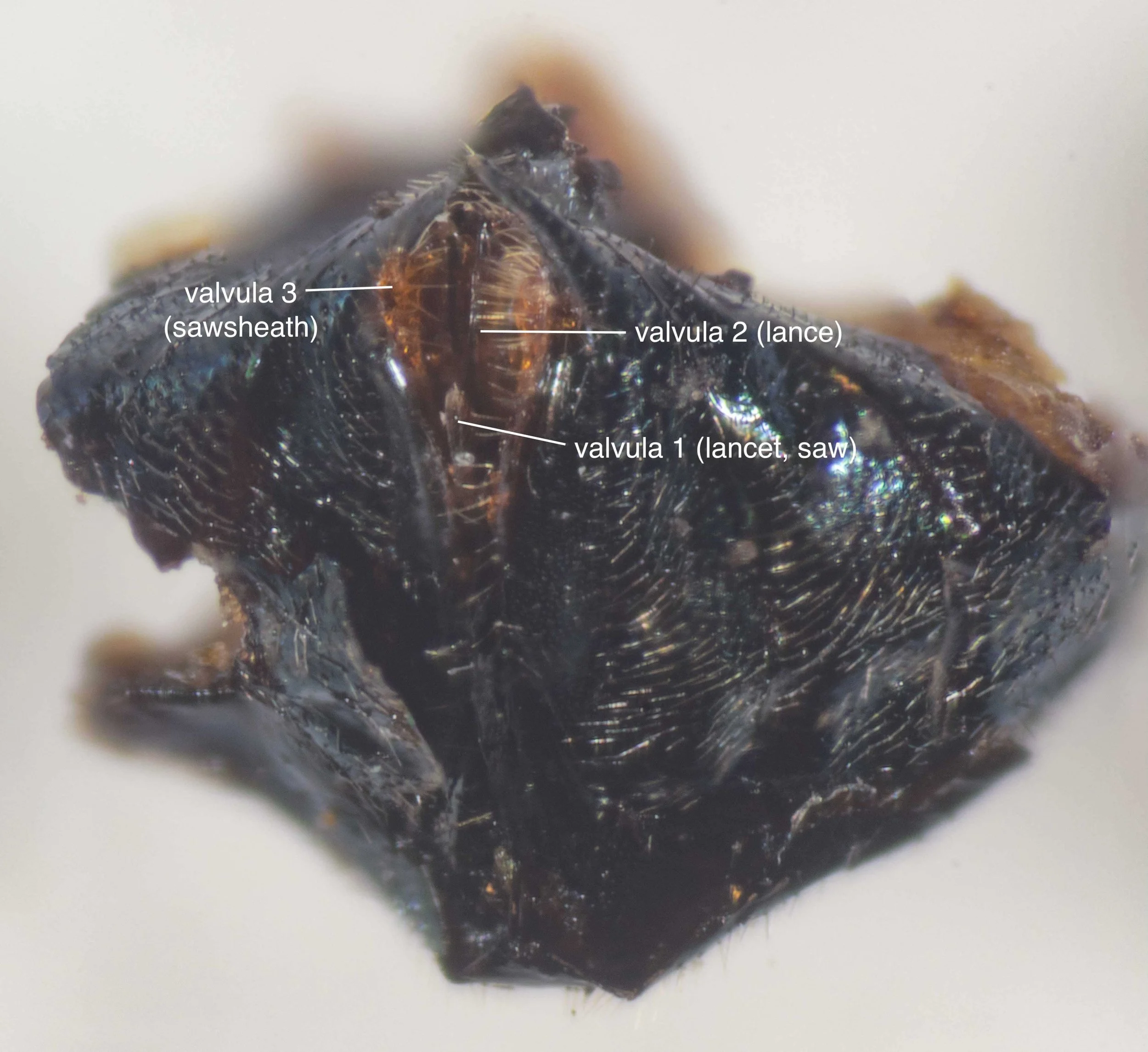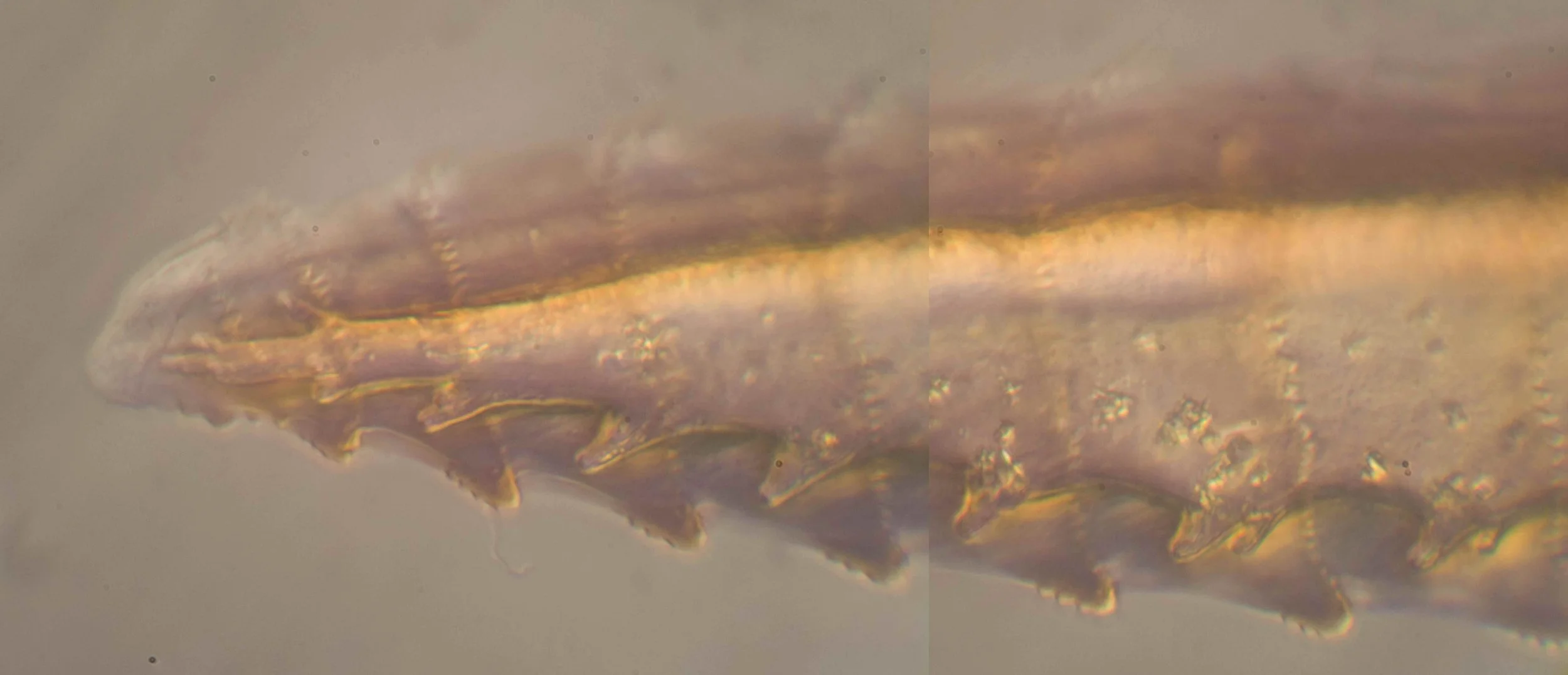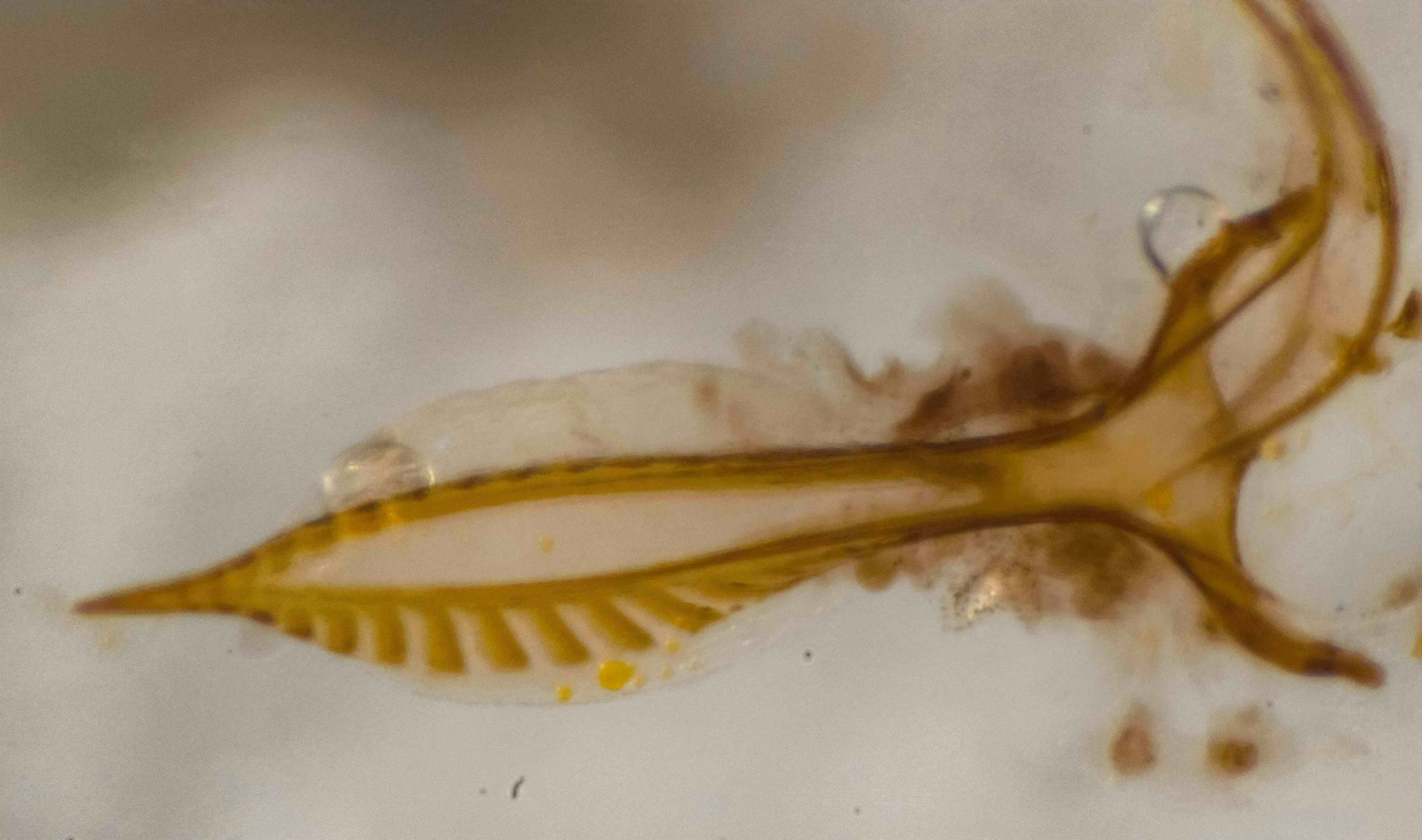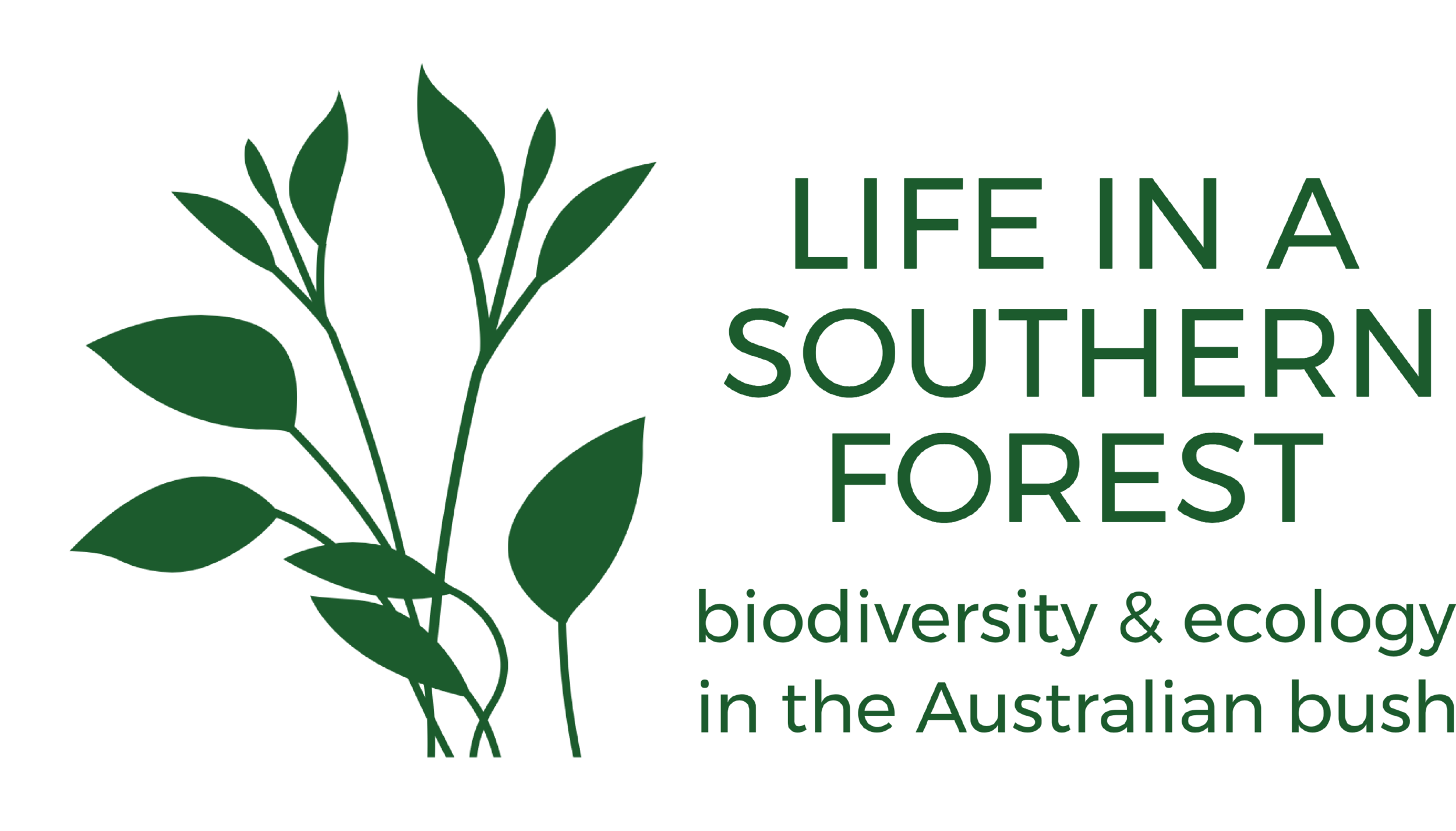
body length 4.7mm
antennae; 3 segmented, simple
whole thorax, abdomen bright metallic blue
all segments of all legs bright metallic blue laterally and dorsally, except joints between femora and tibiae orange
hind basitarsus longer than next 2 tarsal segments together

genae and face yellow-orange
tongue longer than head, dorsal side blackish
lateral side of head, thorax and abdomen unpunctured
tegula yellow

clypeus, labrum, inner orbits, orange
antennal flagellum shorter than closest distance between eyes
face, ventral side of thorax and abdomen unpunctured
ventral side of thorax and abdomen metallic blue, except for orange apical segment of abdomen
ventral and anterior side of all segments of all legs black, except for ventral side of fore tibiae which are orange
ventral side of tongue grey
pre-apical spur on mid and hind tibiae

flagellum of antenna shorter than distance between eyes, approx. same width as scape

antenna; scape black, pedicel and flagellum orange; flagellum single segment, approx. same thickness as scape
mandibles yellow with black tip
labrum and clypeus yellow
inner orbits and genae yellow
glossa (tongue) grey ventrally, black dorsally; almost as long as eye

pronotum, mesonotum and scutellum bright metallic blue, unpunctured
distance between hind ocelli greater than distance between an ocellus and back of head
antennal flagellum about same thickness as scape, shorter than distance between eyes
vertex black, genae orange

prosternum and mesosternum bright metallic blue, without punctures
genae, mandibles, labrum orange

abdomen viewed ventrally
abdomen shining with coarse transverse wrinkles
apical segment of abdomen yellow-orange

abdomen viewed dorsally after removal of wings
all terga bright metallic blue, except posterior tergum 1 pale orange, unpunctured

apical abdominal segment with ovipositor sheath viewed dorsally

lateral view of rear of abdomen, showing ovipositor sheath (third valvula) and protruding tip of saw (lancet or first valvula)

posterior view of end of abdomen showing ovipositor structures

apical tip of ovipositor sheath (third valvula) after removal from body, densely covered in stiff bristles

saw (lancet or first valvula) dissected from female - with hair bands and 16 teeth, each bearing smaller denticulations (serrulae).
different number of teeth to T. australis and different to T. nitidus in possessing serrulae

enlarged view of end of saw (lancet or first valvula) showing teeth 1-6, each with 3 small serrulae (denticulations)
Malagon-Aldana et al (2021) state that in the Trichorhachus sp. ovipositor examined (Fig. 27A,B) serrulae were absent.

distal 2/3rd of saw (lancet)
saw is similar to T. australis but has fewer teeth (16 vs. 27)

lance (second valvula) dissected from body

lance (second valvula) dissected from body

forewing RHS
hyaline; stigma and venation black; basal vein joins subcosta at a distance from the cubitus almost as great as the length of the 1st transverse cubital vein

hind wing RHS
hyaline, stigma and venation black

forewing LHS
hyaline; stigma and venation black; basal vein joins subcosta at a distance from the cubitus almost as great as the length of the 1st transverse cubital vein

hind leg - all segments black

mid leg - all segments black, tibia with preapical spur

fore leg - tibia orange on ventral surface, all other segments black

fore leg - tibia orange on ventral surface, all other segments black

























